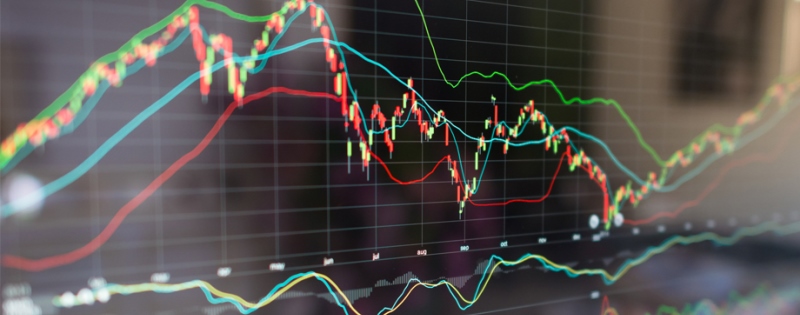For years, economy watchers have kept an eye on the yield curve. Inversion — when a shorter-term Treasury yield runs higher than a longer-term one, typically the two-year and the 10-year — has long been considered a predictor of recession.
The 10-year and two-year inverted on July 5, 2022, setting a new record. But so far, no recession. This is one correlation whose failure at prognostication would be welcome at the moment.
It’s been showing signs of reverting to normal. The two yields ended August 27, 2024, equal to 3.83%. On the 28th, the 10-year was one basis point above the 2-year, officially being a disinversion, however, on both the 29th and 30th, they were equal again. Then, September 3rd brought the two-year at 3.88%, four basis points above the 10-year’s 3.84%. After, the 10-year over 2-year, was 3.77% over 3.76% on the 4th; 3.73% under 3.75%; on the 5th; and 3.72% over 3.66% on the 6th.
In other words, the state of an inversion or not seems to be in an economic limbo. At this point, what does it all mean?
According to the Financial Times, there are two camps, both looking at the changes as investor expectations of coming interest rate cuts by the Federal Reserve. One says that the end of an inversion is a sign of a coming recession.
Deutsche Bank strategist Jim Reid told the FT that “we’re not out of the woods yet,” and that “the last four recessions only began once the curve was positive again.”
James Reilly, an economist at Capital Economics, told the paper that disinversion “has tended to precede recessions in the past . . . this move in yields is a symptom of investors’ worries rather than a new cause for alarm.”
No one knows with certainty the answer because all the factors are correlations that may not be causations. The Federal Reserve Bank of St. Louis’s FRED site has running data, starting June 1976, of the 10-year yield minus the 2-year yield. When the number is positive, the yield curve is normal. When it is negative, there is an inversion. Over that period, the timing between the start of an inversion and the following recession was roughly five months at the short end and 23 months at the long end. The current cycle already far exceeds the longest previous period.
Supposedly the Sahm Rule, which shows a correlation between changes in unemployment and the inception of a recession, says there may be a recession already. Claudia Sahm, the economist for whom the rule is named, has been cautious, having written in July that it “is likely overstating the labor market’s weakening due to unusual shifts in labor supply caused by the pandemic and immigration.”
Perhaps the best approach is to consider the potential impact of rate cuts. There are three meetings of the Federal Open Market Committee left in 2024. Markets have priced in a quarter point in September with a 40% chance of a 50-basis-point cut instead, the FT reports. And they expect just over 100 basis points of cuts by the end of the year. If good economic news continues, the Fed might make three 25-basis-point cuts and December’s meeting is in the middle of the month. There’s a limit to how large the total cut in rates could happen in the immediate future.
Source: GlobeSt.


